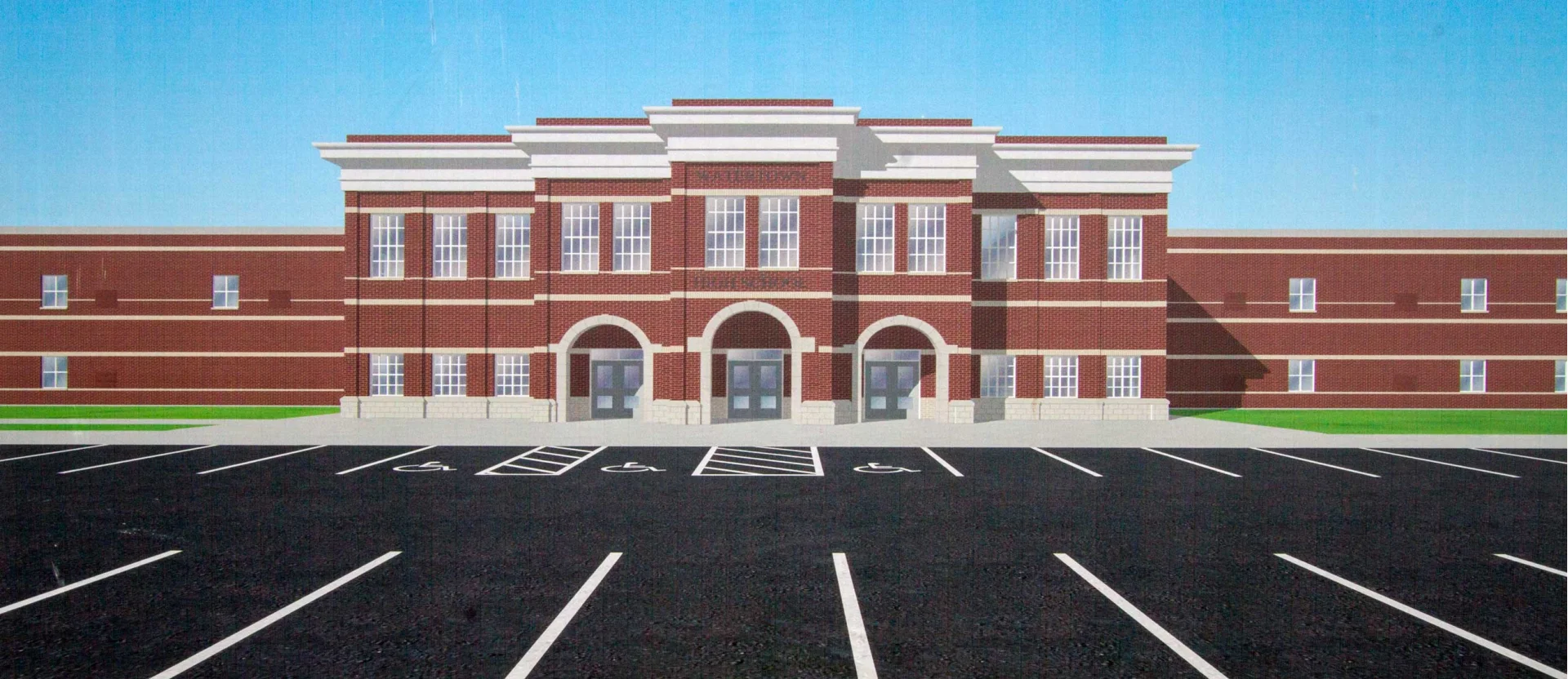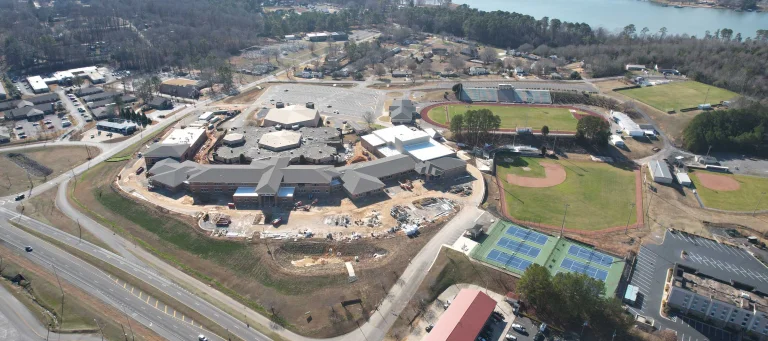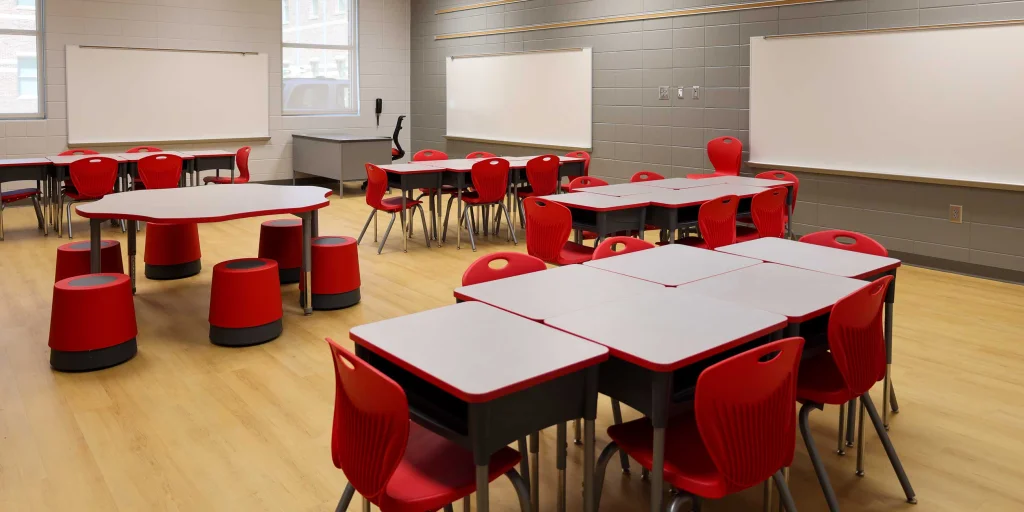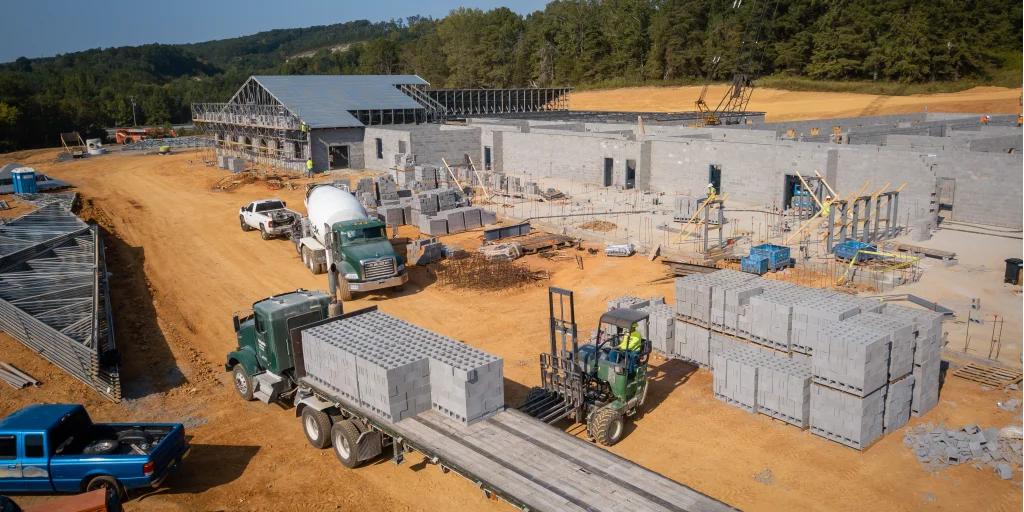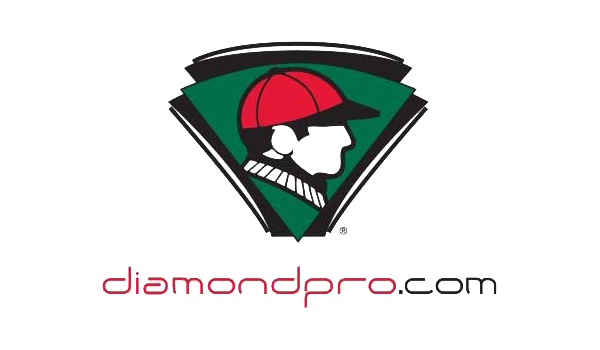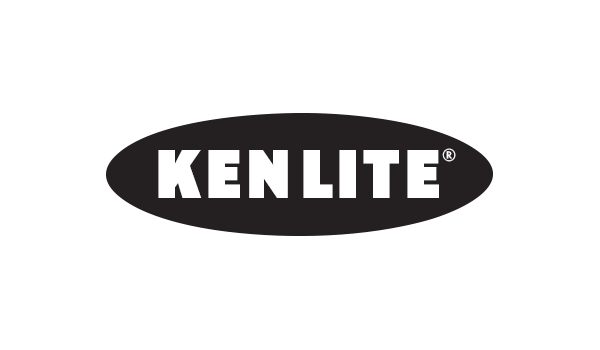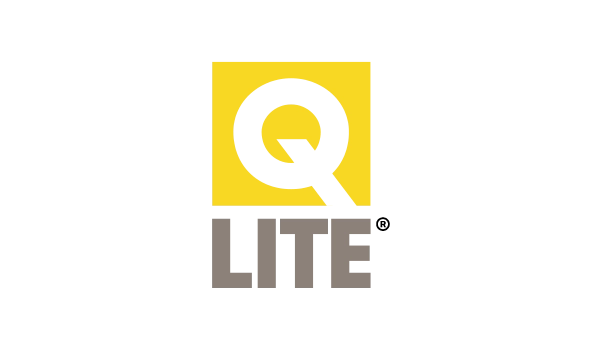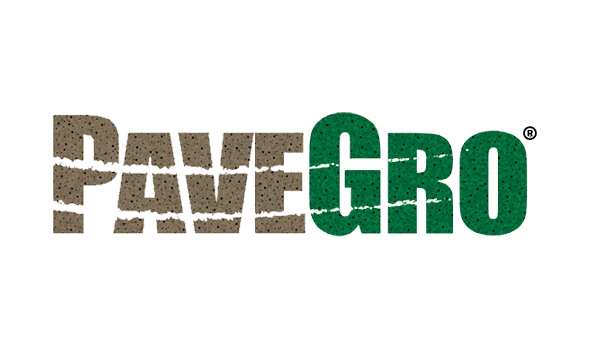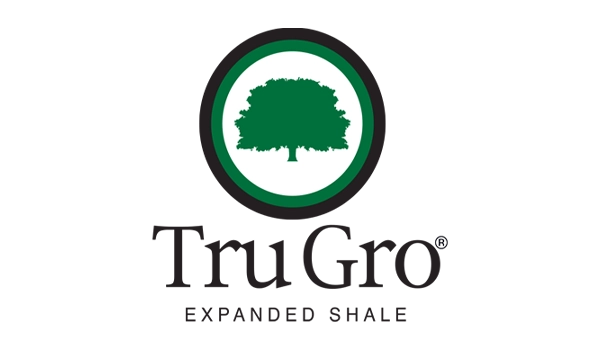Key Insights:
Quick Facts
- Name: Watertown High School
- Location: Watertown, TN
- Customer: Lee Brick & Block
- Client: Wilson County Schools
- Size: 208,000 square feet, $37 million, 450,000 lightweight blocks
Challenge: The Watertown High School project required over 450,000 fire-rated lightweight CMUs for a 208,000-square-foot facility. The challenge was to provide blocks that met fire rating requirements while ensuring efficient installation and structural integrity.
How Arcosa Helped- Our Solution: Arcosa supplied the lightweight aggregates used to produce the Q-LITE or SmartWall fire-rated blocks. These blocks were manufactured by Southland Brick and Block and used in the school’s 4-hour fire-rated exterior walls and other lightweight CMU assemblies.
- Why Lightweight Works: Lightweight CMUs offer superior fire resistance because they contain lightweight aggregate that has been fired, making it thermally stable. These units are also easier to handle and install, resulting in faster construction and lower labor costs. The fire rating is UL-certified without the need for additional fire testing, providing peace of mind for architects and building engineers.
Final Results
- The use of lightweight fire-rated blocks allowed for the school’s timely completion in 2014. The blocks provided fire safety, structural efficiency, and ease of construction, ensuring the project was finished within budget. The school now accommodates up to 1,000 students and boasts energy-efficient geothermal technology.
Key Quote
“The reason lightweight block has a superior fire rating is that it contains lightweight aggregate that’s been fired in the manufacturing process.” — Bill Wolfe, Marketing & Technical Manager, Arcosa Lightweight
Context:
- Considerations: Lightweight fire-rated CMUs like Q-LITE are a go-to choice for schools and public buildings due to their fire resistance, ease of installation, and certified performance. The use of UL-certified blocks allows producers to provide reliable, third-party-tested materials without the need for additional fire testing.
- Lesson to Learn: The use of UL-certified lightweight CMUs not only reduces construction time and costs but also provides enhanced fire protection for large public projects. Utilizing third-party certifications can give architects and engineers added confidence in their material choices.
Explore Further
Interested in learning how Arcosa’s lightweight aggregates can meet your project’s fire-rating and performance requirements? Contact us today for a consultation.
Tennessee High School Boasts 450,000 Lightweight Block
Ten years after its completion, Watertown High School continues to serve the fast-growing community of Watertown, Tennessee, as a 208,000 square-foot educational facility. Constructed using approximately 450,000 lightweight concrete masonry units (CMUs) produced by Southland Brick and Block of Murfreesboro, the school was designed by KBJM Architects of Mount Juliet and built by RGAnderson Company of Nashville.
Southland’s Steve Honey described the project as a milestone for the region. “It’s a very large school,” Honey says. “All of the block above grade are lightweight, and the exterior walls consist of a 4-hour fire-rated block assembly.”
Why Lightweight CMUs Were Chosen
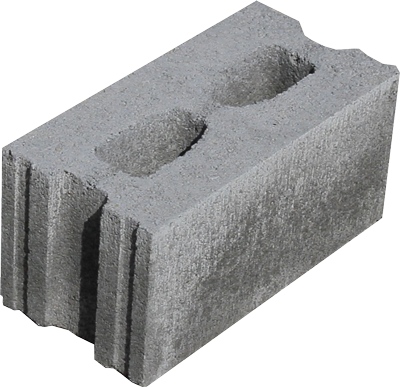
The decision to use lightweight CMUs for the project provided a combination of strength, fire resistance, and ease of construction. Block producers, like Southland, can easily provide 4-hour fire-rated units by following a specific mix design developed in 1992.
“We call those Q-LITE or SmartWall units,” says Bill Wolfe, Marketing & Technical Manager for Arcosa Lightweight. “The fire rating of a concrete masonry unit is based on the equivalent thickness of the unit and the materials used. The reason lightweight block has a superior fire rating is that it contains lightweight aggregate that’s been fired in the manufacturing process. Aggregates that have already been fired won’t expand, so they remain thermally stable under fire conditions.”
Achieving the Fire Rating
Lightweight concrete masonry units can achieve two-hour, three-hour, and four-hour fire ratings. Due to the extensive Underwriters Laboratories (UL) testing conducted when Q-LITE was introduced, concrete block producers can now easily provide UL-certified blocks to architects and building engineers.
“They don’t need to go through the fire test or build a wall for testing because we’ve already done that,” Wolfe explains. “The producer just needs to follow our mix design using lightweight aggregate, and UL will issue a certified fire rating for those units.”
Wolfe also explains that producers can obtain a UL certification by engaging the lab’s follow-up service, where UL inspectors sample the aggregates and ensure the blocks meet the specified standards. “This extra step provides valuable third-party certification, which is often sought by architects for assurance that the materials will perform as specified,” says Wolfe.
Independent Certification for Architects
The benefit of going the extra step for third-party certification through UL is highly valuable for architects, according to Wolfe. “A third-party certification assures architects that they’re getting exactly what they need,” he says.
Additionally, the block producer can offer a UL Certified concrete masonry unit without needing to conduct an individual fire test for each project. This method allows producers to manufacture CMUs with the same fire resistance and thermal stability without requiring 100% lightweight concrete in every unit.
Final Result
The $37 million Watertown High School was completed on time in 2014. The project was so large that it required two masonry contractors—RG Masonry and CG Masonry—to collaborate on the installation of the lightweight blocks.
In addition to classrooms, the facility features an updated football field and gymnasium, with a capacity to accommodate up to 1,000 students from across Wilson County. The school was designed with geothermal technology for heating and cooling, providing energy-efficient climate control throughout the building.
